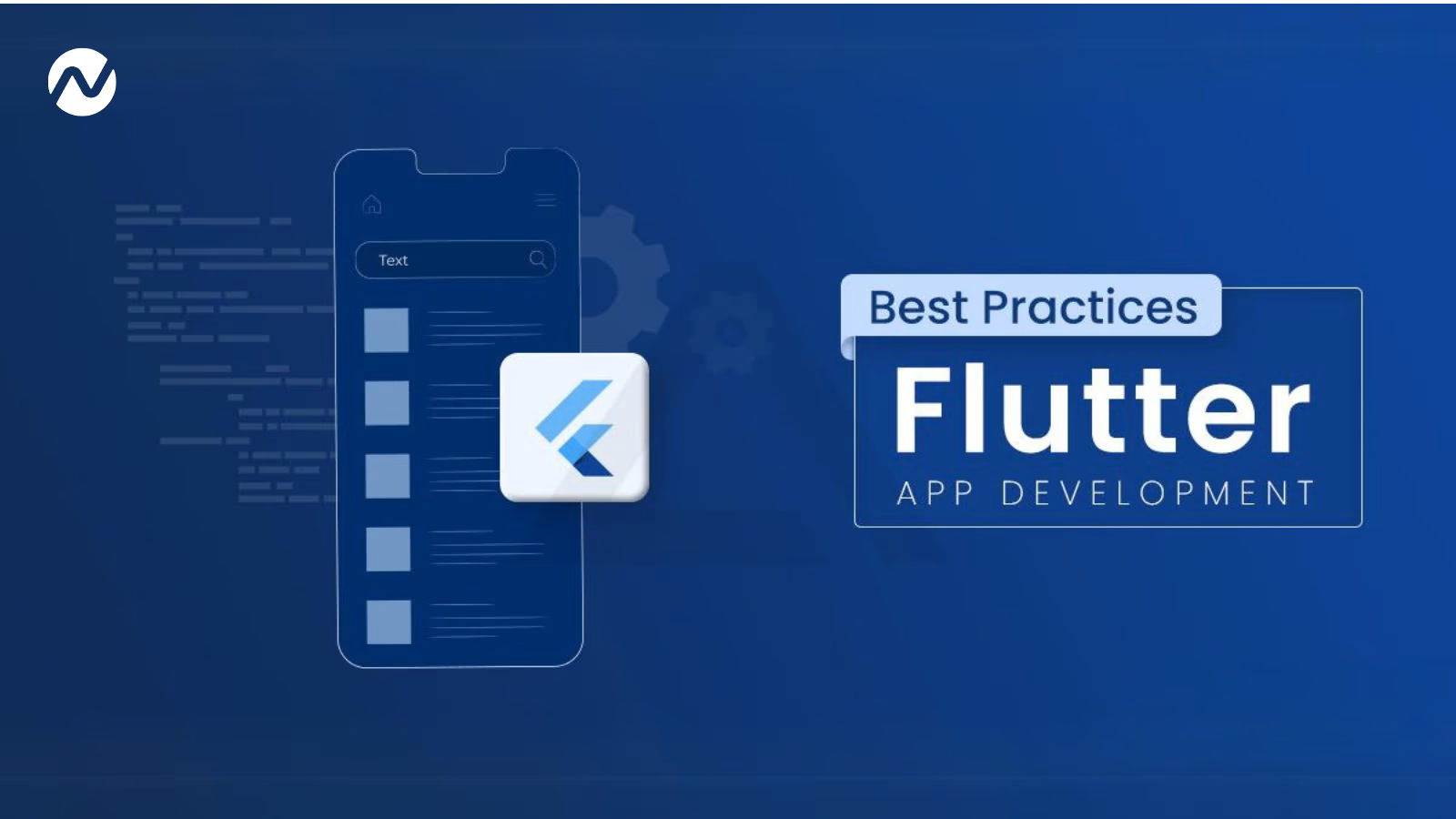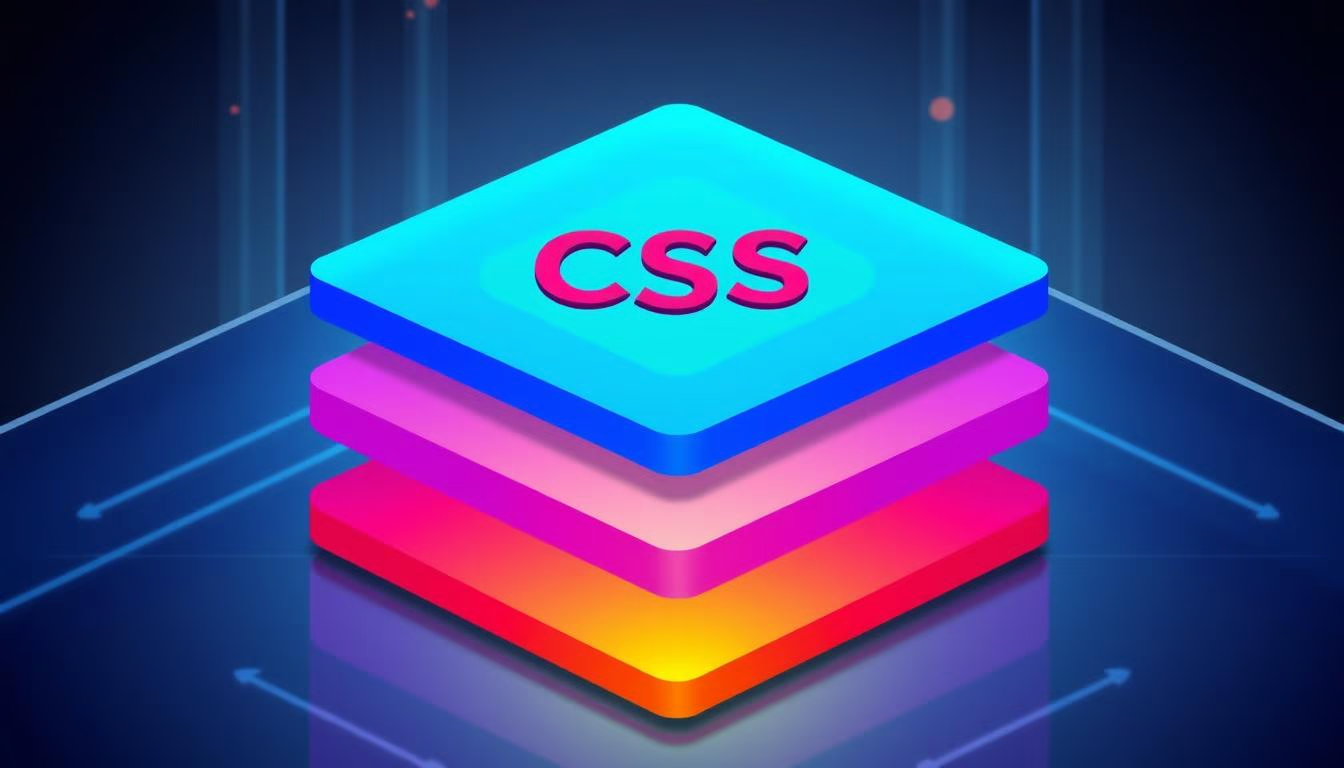
Top IT companies in Gujarat
October 24, 2024
October 15, 2024

In the rapidly transforming technology landscape, the choice of a development framework can significantly influence the success of a mobile application. As we advance toward 2025, developers and businesses alike are seeking frameworks that not only streamline development processes but also enhance app performance and user experience. Flutter, an open-source UI software development toolkit created by Google, has emerged as a frontrunner in this arena. This blog post will explore why Flutter is poised to become the preferred choice for cross-platform development by 2025, examining its benefits over other popular frameworks like React Native, Java, and Swift.
The need for cross-platform development solutions has never been more critical. With businesses striving to reach users across various devices and operating systems, the demand for efficient, cost-effective, and high-performing development frameworks has skyrocketed. Flutter addresses these demands with its unique offerings, which we will explore in detail in this article.
Flutter is an open-source framework designed to create high-quality, natively compiled applications for mobile, web, and desktop from a single codebase. Developed by Google, Flutter was first released in May 2017 and has since gained substantial traction among developers. It leverages the Dart programming language, also developed by Google, to offer a seamless development experience.
One of the standout features of Flutter is its widget-based architecture. Widgets are the building blocks of a Flutter app's user interface, allowing developers to create complex UIs with ease. Flutter's widgets are highly customizable and adhere to the Material Design principles for Android and Cupertino for iOS, ensuring a consistent look and feel across platforms.
In addition to its robust UI capabilities, Flutter boasts features like hot reload, which allows developers to see changes in real-time without restarting the application. This significantly enhances developer productivity, making Flutter an attractive option for teams looking to deliver projects on tight deadlines.
Flutter, an open-source UI software development kit created by Google, was first announced in May 2017 at the Google I/O conference. It quickly gained popularity for its ability to build natively compiled applications for mobile, web, and desktop from a single codebase. The framework's first stable version, Flutter 1.0, was released in December 2018. Flutter's unique feature, the use of the Dart programming language, allows for fast development cycles with hot reload and expressive UIs. Over time, Flutter has expanded its capabilities and ecosystem, becoming a preferred choice for developers aiming for cross-platform app development. Its flexibility and performance have contributed to its rapid adoption and a thriving community.
Let's dive into a detailed comparison of Flutter with other popular frameworks—React Native, Java, and Swift—and explore why Flutter stands out in various aspects of cross-platform development.
| Technical Feature | Flutter | Java | Swift |
|---|---|---|---|
| Performance | High, native-like performance | Good, optimized for Android | Excellent, optimized for iOS |
| Garbage Collection | Dart's garbage collector | JVM garbage collector | ARC (Automatic Reference Counting) |
| Platform Compatibility | iOS, Android | Primarily Android | iOS, macOS, watchOS, tvOS |
| Memory Management | Automatic via Dart VM | Automatic via JVM | Automatic via ARC |
| Concurrency | Async-await, isolate model | Thread-based, concurrency with ExecutorService | GCD (Grand Central Dispatch), async/await |
| Tooling and IDE Support | Android Studio, VS Code | Android Studio, IntelliJ IDEA | Xcode |
| Compilation | AOT (Ahead-of-Time) and JIT (Just-in-Time) | JIT Compilation via JVM | AOT Compilation |
| UI Framework | Customizable Widgets | XML and Android Views | UIKit, SwiftUI |
| Hot Reload | Supported | Limited support | SwiftUI previews |
| Language Type | Object-oriented with functional features | Object-oriented | Protocol-oriented and object-oriented |
| Package Management | Pub | Maven, Gradle | CocoaPods, Swift Package Manager |
| Testing Frameworks | Flutter Test, Mockito | JUnit, TestNG | XCTest |
| Build Time | Fast with hot reload | Longer due to JVM initialization | Fast |
| Error Handling | Try-catch, Future error handling | Try-catch | Do-catch |
| Code Structure | Widget-based | Activity/Fragment-based | ViewController-based |
Cross-platform development is increasingly becoming a strategic choice for businesses aiming to maximize their reach and minimize costs. In a world where users access applications from a variety of devices and operating systems, offering a consistent experience across platforms is crucial. Flutter's ability to deliver high-quality, consistent applications on multiple platforms from a single codebase is a significant advantage for businesses.
With Flutter, businesses can ensure that their applications provide the same look, feel, and functionality across all devices. This consistency enhances the user experience and strengthens brand identity. Moreover, the cost savings associated with maintaining a single codebase cannot be overstated. Businesses can allocate resources more efficiently, focusing on innovation and feature development rather than platform-specific maintenance.
Performance is a critical factor in the success of any mobile application. Users expect applications to be fast, responsive, and reliable. Flutter addresses these expectations with its architecture and the use of the Dart programming language.
Unlike other cross-platform frameworks that rely on a bridge to interact with native components, Flutter's architecture eliminates the need for such a bridge. This results in faster startup times, smoother animations, and overall better performance. Flutter's use of Dart's ahead-of-time (AOT) compilation further enhances performance by compiling Flutter apps to native ARM code, ensuring that they run at native speeds.
The performance benefits of Flutter are particularly evident in applications that require complex animations or high frame rates. Flutter's Skia graphics engine renders the UI directly on a canvas, allowing for intricate animations and transitions without compromising performance. This capability is a significant advantage for developers aiming to create visually impressive applications.
Flutter, Google's open-source UI toolkit, has gained substantial traction among developers for building natively compiled applications for mobile, web, and desktop from a single codebase. Numerous companies have transitioned to Flutter, citing its fast development cycle and broad platform support. Below are a few inspiring case studies of companies that have successfully adopted Flutter.
Alibaba, one of the world's largest e-commerce platforms, adopted Flutter to enhance the user experience of its app called Xianyu. The decision was driven by Flutter's ability to deliver smooth performance and a visually appealing interface. The Xianyu team reported that Flutter allowed them to decrease development time significantly, enabling them to iterate quickly and respond to market demands efficiently. The framework's hot-reload feature was particularly beneficial in speeding up the development and testing process.
Reflectly, a popular journaling app, transitioned to Flutter to maintain a consistent user experience across both iOS and Android platforms. Initially developed using native code, Reflectly faced challenges in maintaining parity and consistency across different versions. With Flutter, the Reflectly team could unify their codebase, reducing maintenance overhead and ensuring a uniform experience for users regardless of the platform. The transition also allowed for faster feature deployments and easier bug fixes.
Realtor.com, a leading real estate listing website, leveraged Flutter to revamp their mobile application. The team was attracted to Flutter’s expressive UI capabilities and the ability to create custom widgets that aligned with their brand identity. By using Flutter, Realtor.com was able to deliver a more engaging and visually consistent app experience. The move to Flutter also enabled quicker feature rollouts, helping the company stay competitive in the fast-moving real estate market.
Nubank, a prominent digital bank in Latin America, transitioned to Flutter for their mobile app to improve development efficiency and product quality. The bank valued Flutter's strong community support and the ability to build beautiful interfaces quickly. As a result, Nubank saw a significant reduction in the time required to launch new features, which helped them maintain their competitive edge in the banking sector.
As we look toward 2025, Flutter is set to become the premier choice for cross-platform development thanks to its robust features, high-performance capabilities, and efficiency in code management. The benefits of using Flutter are clear, particularly when compared to other frameworks like React Native, Java, and Swift. By choosing Flutter, businesses can ensure they are well-equipped to deliver high-quality, consistent, and performant applications across multiple platforms.
At Nexowa, we are committed to helping you leverage the power of Flutter for your development projects. Our team of experts is dedicated to providing solutions that focus on quality and customer satisfaction. Whether you aim to build a new application or enhance an existing one, Nexowa is your trusted partner in achieving your development goals. We prioritize your needs and work closely with you to deliver solutions that align with your vision and objectives, ensuring a seamless and successful development experience.
Our resources and expert insights are designed to equip you with the knowledge and tools needed to excel in the competitive mobile app landscape.
This expanded version includes more detailed explanations in each section, additional insights into the benefits of Flutter, and a more comprehensive introduction and conclusion to round out the article to approximately 2000 words.

Top IT companies in Gujarat
October 24, 2024

Hire a Dedicated App Developer: Build Your App Today
October 24, 2024
-1729776429043.avif?alt=media&token=2affca87-dade-4f14-94cb-2c2416a8238d)
What is Angular? Superior Web Development, Performance & Benefits
October 24, 2024

Building a Tech Stack for Growth: Tools and Technologies Driving Business Expansion
October 15, 2024
-1729777074986.avif?alt=media&token=c8b8bf65-87d3-47d8-b990-3ff1929ea86f)
Amazing Tech: Is AI-Powered App Development with FlutterFlow the Future?
October 15, 2024

What is CSS nesting?
October 15, 2024